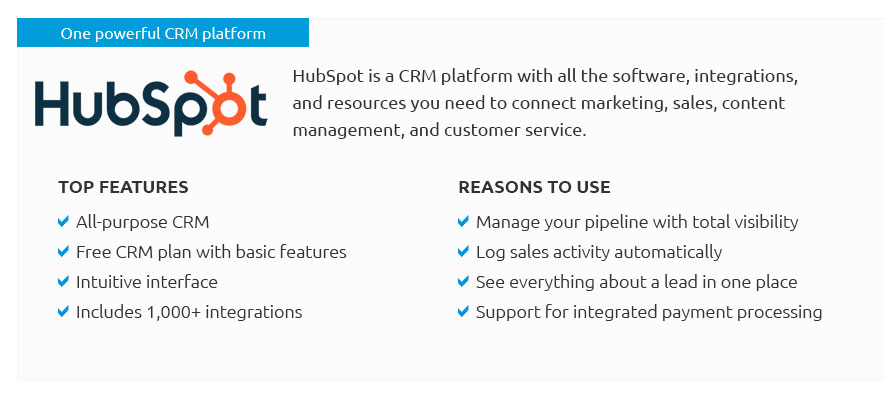 |
 |
 |
 |
 |
|
 |
|
 |
|
 |
|
 |
|
 |
|
 |
 |
Understanding Production Scheduling OptimizationIn today's fast-paced industrial landscape, production scheduling optimization has emerged as a pivotal element in achieving operational excellence and competitive advantage. The concept revolves around efficiently allocating resources, such as manpower, machinery, and materials, to maximize productivity while minimizing costs. It is akin to solving a complex puzzle where each piece must fit perfectly to ensure seamless operations. This article delves into the intricacies of production scheduling optimization, shedding light on its significance, methodologies, and the subtle nuances that make it a crucial component of modern manufacturing. At its core, production scheduling is about making the best use of limited resources. With the advent of sophisticated technologies and methodologies, businesses can now leverage advanced algorithms and predictive analytics to fine-tune their production processes. In my opinion, what makes production scheduling optimization particularly fascinating is its dynamic nature. Unlike static processes, it requires continuous adjustment and real-time decision-making to accommodate fluctuations in demand, supply chain disruptions, and unforeseen events. There are several methodologies employed in production scheduling optimization, each offering unique benefits and challenges. One popular approach is Just-In-Time (JIT) scheduling, which emphasizes reducing inventory costs by producing goods only as they are needed. This method, while efficient, requires precise coordination and can be risky if supply chain issues arise. Another method is Lean Manufacturing, which focuses on minimizing waste and improving process efficiency. Lean techniques, such as value stream mapping and continuous improvement, are widely adopted in industries striving for operational excellence.
Despite the array of tools and techniques available, the road to successful production scheduling optimization is not without its challenges. One of the primary hurdles is data accuracy. Inaccurate data can lead to suboptimal schedules, resulting in production delays and increased costs. Therefore, ensuring data integrity is paramount. Additionally, the integration of new scheduling systems with existing infrastructure can be complex and requires careful planning and execution. It's essential for businesses to foster a culture of adaptability, encouraging employees to embrace new technologies and methodologies. In conclusion, production scheduling optimization is a vital component of modern manufacturing that requires a strategic approach and continuous refinement. By leveraging advanced technologies and fostering a culture of adaptability, businesses can significantly enhance their production efficiency, reduce costs, and maintain a competitive edge. As industries continue to evolve, the importance of optimizing production schedules will only grow, making it an area worth exploring for any organization aiming to thrive in today's dynamic market environment. https://www.sigmoid.com/ebooks-whitepapers/optimizing-mps-using-constraint-programming/
Production scheduling primarily deals with arranging different jobs in various machines based on the timelines for each job. https://www.relexsolutions.com/resources/production-scheduling/
Optimized production schedules ensure the right production activities happen at the right time in the right order. By reducing the amount of ... https://katanamrp.com/blog/production-planning-scheduling/
Production planning and scheduling involve a systematic approach to ensure efficient and timely production of goods. The best way to achieve this is by dividing ...
|